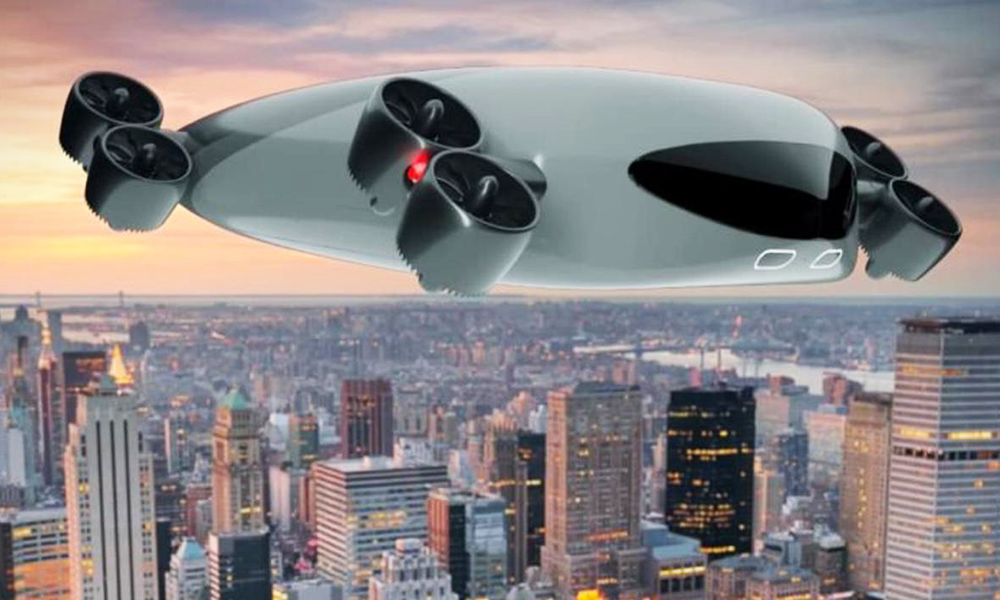
This flying bus wants to carry 40 passengers at 500 km/h

This American adage pushing to dream big is clearly what spurs the New York startup Kelekona . The latter, specializing in the design of eVTOL, does not work on a simple air taxi but on a real flying bus that can carry 40 passengers.

Airship of tomorrow. With a capacity of around 10,000 pounds - or 4,535 kilos - Kelekona's proposal appears technologically unprecedented. But the size argument isn't just weight. Kelekona ensures that his minibus will be fast, the machine having to be able to cover the distance between Los Angeles and San Francisco in one hour, which makes 530 km / h. A feat which, inevitably, questions the technology used for batteries.
But for the moment, the company does not provide any information on this subject except that they will be lithium and removable (to avoid recharging between trips). The batteries will power eight horizontal reactors during take-offs and landings and vertical in flight. The structure - whose design is a kind of airship of tomorrow - will be made of a composite material printed in 3D.

Bye bye bus shelters. If it is the most successful so far, the Kelekona prototype is not the only flying bus to dream of entering the market. Within the framework of a competition launched by the British research and innovation center, the aeronautical giant GKN Aerospace , for its part, conceptualized the “ Skybus ”, an eVTOL capable of carrying between 30 and 50 passengers. You got it, bus shelters could look like helipads faster than you think.
